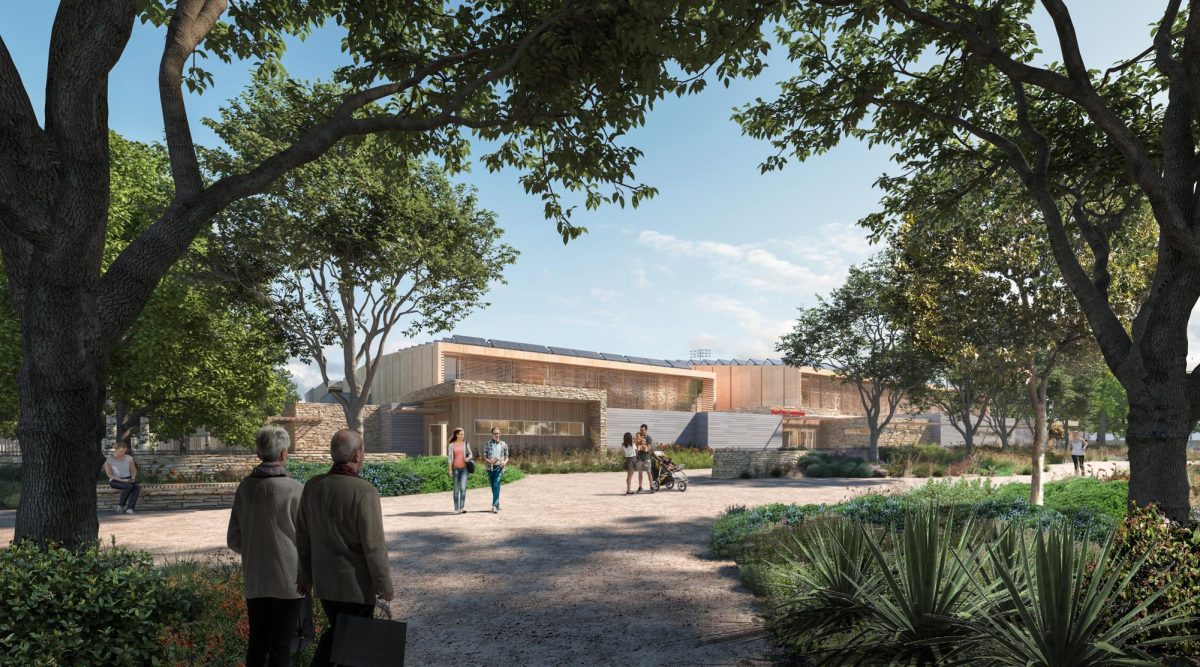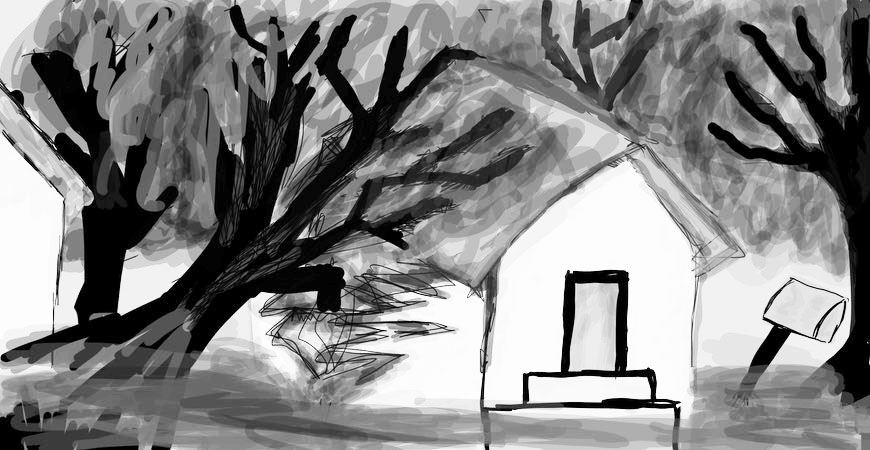Last year, Mimi Offor ’21 read hundreds of textbook pages, spent hours upon hours studying for exams and burned through more than a few packs of pencils during her history course, The World and Europe II. When she left her class for summer break in June, Offor had spent approximately 135 days supposedly learning about world cultures, yet she could remember only one class period where the teacher discussed her own. Offor, a first-generation American with Nigerian roots, said that the lack of coverage of African history did not upset her, but rather made her feel alone.
“It just felt like I was being left out, and I really did not know why,” Offor said. “I would walk out of class confused about why Western culture was discussed in such detail, but I never learned about things like the Biafran War, which my grandfather actually fought in. Almost all of what I know about my Nigerian culture comes from my grandparents or when I would travel back there and not necessarily from school.”
Law requiring a requirement ethnic studies courses may affect high schools around the state.
Over the past few months, the conversation surrounding the place of ethnic studies, a course that would explore history, literature and politics through the eyes of different cultural perspectives, in the California school curriculum has escalated. In discussions that would affect high school students across the state, California lawmakers are drafting and editing legislation that would make ethnic studies courses a graduation requirement, according to the Los Angeles Times.
As a private institution, the school would not be subject to the new California school system requirements. However, since the school’s required curriculum currently conforms to that of the state, making ethnic studies a public school requirement would likely bring about a discussion within the school community, Head of Upper School Laura Ross said.
Though Offor understands the drawbacks of including ethnic studies as a required course, she said believes that incorporating a course that teaches an equitable and diverse view of the world would be beneficial to the student body.
“Every other country and every other continent’s history should be just as important and just as valid to us as Western culture,” Offor said. “In my everyday life, I don’t just see white and westernized people, and our current history courses don’t always represent that. Not many people will enjoy another class on their schedule, but [ethnic studies] should be just as necessary as a history course, or as a language course.”
Students and teachers discuss their opinions on ethnic studies.
Currently, the school offers opportunities for students to learn about different cultures through a series of elective courses. For example, students are given the option to take Middle East Studies, Assimilation and Difference in American Society or design their own directed study course. Since he began teaching at 1988 at Westlake School for Girls in 1988, Spanish teacher Javier Zaragoza has pushed for more diversity within his curriculum and course offerings, he said. Zaragoza said that one reason his Advanced Placement Spanish Language and Culture course is so important is because it is one of the few classes that is centered around a foreign culture.
“It’s in my blood,” Zaragoza said. “It’s in my interest. It’s my obligation to share what is going on from a variety of cultural perspectives. What has happened in Venezuela and why? What has it been like for the Cuban people to sacrifice so much due to ideology and a changing world economy? These are just as important or more important for students than learning the language alone, and I think we need to continue moving in that direction.”
According to a 2016 study conducted by Stanford University, schools in the San Francisco Unified District saw an increase in student attendance and GPA when students completed one year of a required ethnic studies class. In 2014, Santa Monica High School became one of the first schools in the Los Angeles Unified School District to introduce a full ethnic studies course into its curriculum.
History teacher Conrad Cuda, who taught at Santa Monica for 13 years, said that though he admired the ethnic studies course, its status as an elective offered in the English department led to small classes comprised of almost exclusively senior students. Though adding ethnic studies as a required course may not be easy due to finite time and resources, Cuda said learning from other cultural perspectives is still an important part of high school education.
“Anything that challenges people to look at different perspectives is worthwhile in my opinion,” Cuda said. “Anything that helps people build empathy as a skill is also worthwhile in my opinion. I don’t believe there is any community you could define that I would not see this as a valuable potential option for.”
Over the past three years, Xander Boldt ’20 has immersed himself in diverse cultures through educational programs in Spain and Borneo, as well as through an exchange program in Argentina. Boldt said that though he believes learning about different cultures is an essential part of education, an ethnic studies course is not the best way to do so.
“Living in a culture is much more different than a simple course in a familiar environment,” Boldt said. “Much of the point of [immersion] in a culture and learning from it is that you are put in an unfamiliar situation and have to use your own abilities, social and cultural, to learn and succeed. An ethnic studies course seems very vague. I am only skeptical about how the school could carry out a proper, thorough immersion into a culture in a classroom.”
Ross said that over the last few years, the English, language and history departments have made an effort to cover more ethnic perspectives. In the future, the school will look for new ways to reflect its cultural diversity and will likely discuss adding some form of a comprehensive ethnic studies course, Ross said.
“One of the most important things that creates a healthy community is empathy and an understanding of others’ experiences,” Ross said. “I think it’s a pretty central piece to our school and to the health of our community to make sure we continue to learn and hear different perspectives, and we are going to continue pushing for more of that in the future, in whatever form it may take.”











































